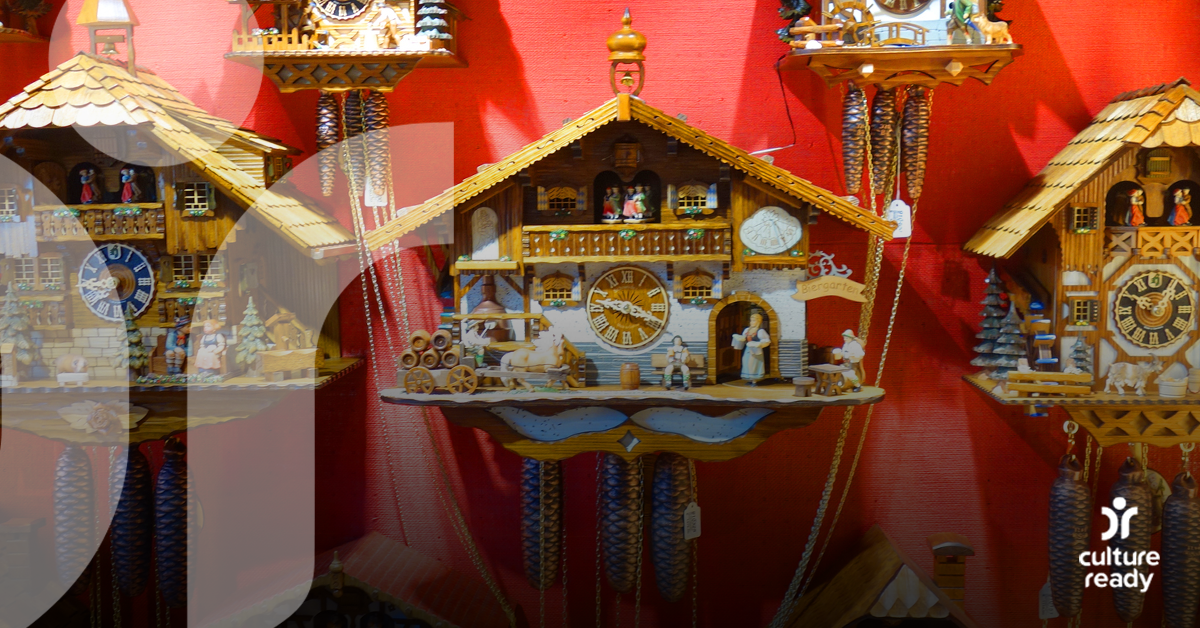Museum Highlights Germany’s History of Clockmaking
As one year ends and a new one begins, it’s common for people to reflect on the passage of time. In the Black Forest in Germany — well known for its cuckoo clocks — the concept of timekeeping has been a part of the culture and local economy for centuries.
Due to the area’s harsh winters, clockmaking became a major source of income, especially for farmers, and in 1850 a clockmaking school was established in Baden. During the 18th and 19th centuries, the region provided the world with inexpensive clocks. Once clock factories started replacing the tradition of clockmaking in the home in the second half of the 19th century, clocks became even more affordable.
The Black Forest’s long history of clockmaking, especially the art and technology of the craft, is the focus of the “Deutsches Ulrenmuseum” or “German Clock Museum” located at Furtwangen University in the town of Furtwangen. The museum features temporary and permanent exhibits on the history of timekeeping and how it’s evolved over time.
Its collection of 8,000 items features clocks and timepieces from around the world, such as grandfather clocks, iron gear clocks, pendulum clocks, wall clocks, sundials, and cuckoo clocks. The oldest known Black Forest cuckoo clock, dating back to around 1790, and a unique astronomical clock created in 1787 by Benedictine priest Thaddãus Rinderle at St. Peter's Abbey in the Black Forest are among the highlights of the museum’s permanent exhibition.
Exhibits are divided into four sections: The history of clocks and time up to industrialization; Black Forest clocks; pocket watches and wristwatches; and modern times and mechanical musical instruments.
The primary basis for the museum is the collection of Robert Gerwig, the first director of the clockmaking school, who started collecting old clocks in 1852. For 100 years, Gerwig’s clocks were part of exhibitions known as the Historical Clock Collection, which was renamed the German Clock Museum in 1978. The present facility opened in 1992.
In 2006, the German Clock Museum became one of the landmarks on the German Clock Road, a 198-mile-long route that links places in the Black Forest associated with clockmaking.
